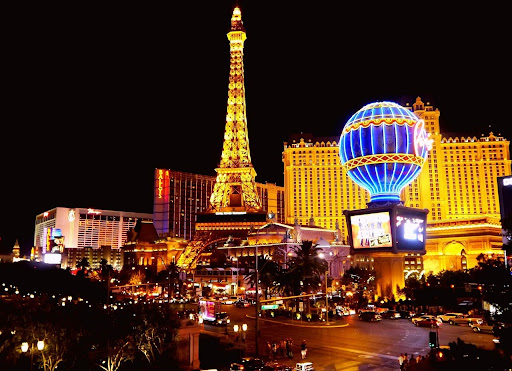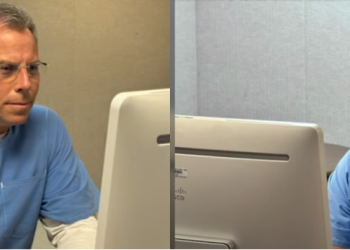Once upon a time, dolls were for girls, sports were for boys, comic books were for nerds, rap was for inner-city kids, and drag shows were for the LGBTQ community. Then a funny thing happened. Everything and everybody began to come together as one.
No longer were specific hobbies and activities limited to distinct groups of people. Individuals could safely immerse themselves into unfamiliar topics and situations without feeling like deviants or interlopers. Welcome to the melting pot of modern pop culture!
Don’t believe it? The signs are everywhere, even if they’re hard to spot. For instance, most teenagers today wouldn’t think twice about sending birthday ecards playing rap music to their moms and dads. That’s because, while once considered a controversial subgenre of music, rap has gone mainstream. We hear it everywhere now, and what’s wrong with that?
Another indicator is the widespread success of the Marvel Cinematic Universe. As mentioned in the introduction, only diehard comic book fans could name all the Avengers, let alone tell their origin stories. These days, five-year-olds can explain the love-hate relationship between Iron Man and Captain America over a bowl of cereal.
Yet another sign is the ways in which the artistic and cultural achievements of the LGBTQ community are more accepted and appreciated than ever before. There was once a time when, if you were a singer or writer and happened to be gay, you were told to keep that to yourself and leave it out of your work. Brilliant creatives who fought back against such bigotry, such as James Baldwin, were ostracized and shunned.
With this in mind, the appreciation for how far we’ve come can’t be said without acknowledging the hard work and passionate effort of all those who got us here. Without the James Baldwins, David Bowies, and Kathryn Bigelows of the world, the increasing acceptance of alternative points-of-view and growing recognition that art is universal may never have happened at all.
However, there’s an argument to be made that the melting pot phenomenon currently seen in popular culture is nothing new. Skeptics need only point to the development of rock and roll in the mid-20th century. Previously, the twang of a European guitar and beat of an African drum were rarely, if ever, joined together. We could go back even further, to the days of Ancient Rome’s obsession with assimilating the art and culture of conquered lands, but who wants a history lesson?
Of course, the topic of cultural melting pots can’t be discussed without acknowledging concerns over cultural appropriation. Few reasonable people would argue that it’s okay for someone to superficially utilize iconic aspects of unfamiliar cultures purely for the sake of attention or – even worse – trying to “trigger” someone. With that said, there’s nothing wrong with genuinely enjoying the cultural contributions of others.
While no single city gets total credit for the unprecedented rate of cultural collaboration and mutual appreciation currently underway, it’s hard to ignore the role Los Angeles has played in helping bridge gaps between varying groups of people. Sure, plenty of other cities can correctly lay claim to offering refuge to the fringe, but few could implement changes like those generated by show business. It was Hollywood, not anywhere else, where folks were less afraid to openly reveal themselves to the public at large.
The takeaway – if there is one – is that civilizations thrive on cultural melting pots. Without the acceptance and inevitable appreciation for unfamiliar art and culture, the status quo would never change. While there will always be hiccups along the way in the form of appropriation, disrespect, and ignorance, these aren’t enough to justify a moratorium on the melting pot approach.





















